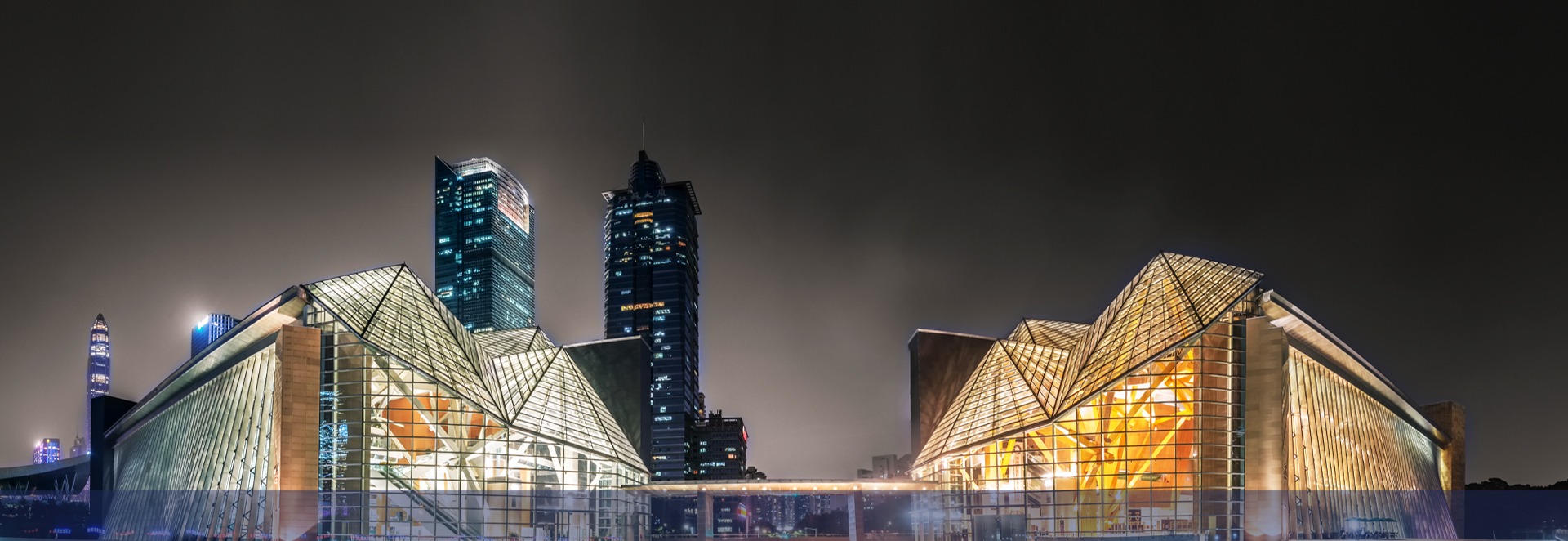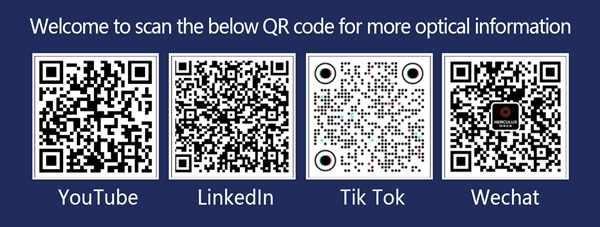HercuLux launched a new optical solution in cooperation with the OSRAM special light source S8 Gen3, which has made the efficiency of the luminaire unprecedentedly improved. Let us first take a look at the measured data.


Testing module provided by Shenzhen Huayu Circuit Co., Ltd.
OSRAM S8 Gen3,3000K
Test conditions
Light source:OSRAM S8 Gen3 (GW P9LR34.PM),3000K(Original CCT of light source 2456K)
DC Voltage:45V,Current:1A
Test Lens:HK-260@70(28 in 1)




Conclusion: Compared with normal lens, the use of glue lens improves the light efficiency by 9.8%, and the lens efficiency can reach 106.5%.
OSRAM S8 Gen3,4000K
Test conditions
Light source:OSRAM S8 Gen3 (GW P9LR34.PM),4000K(Original CCT of light source 3091K)
DC Voltage:45V,Current:1A
Test Lens:HK-260@70(28 in 1)




Light source:OSRAM S8 Gen3 (GW P9LR34.PM),4000K(Original CCT of light source 3091K)
DC Voltage:45V,Current:1A
Test Lens:HK-260@70(28 in 1)
Conclusion: Compared with normal lens, the use of glue lens improves the light efficiency by 7.2%, and the lens efficiency can reach 102.8%.
OSRAM S8 Gen3,5000K
Test conditions
Light source:OSRAM S8 Gen3 (GW P9LR34.PM),5000K(Original CCT of light source 3732K)
DC Voltage:45V,Current:1A
Test Lens:HK-260@70(28 in 1)




Conclusion: Compared with normal lens, the use of glue lens improves the light efficiency by 6.4%, and the lens efficiency can reach 100%.
OSRAM S8 Gen3,5700K
Test conditions
Light source:OSRAM S8 Gen3 (GW P9LR34.PM),5700K(Original CCT of light source 4105K)
DC Voltage:45V,Current:1A
Test Lens:HK-260@70(28 in 1)




Conclusion: Compared with normal lens, the use of glue lens improves the light efficiency by 4%, and the lens efficiency can reach 95.4%.
Summary of Test Data


Test Analysis Report


Light Type Description
TYPE2-S-1
Applicable road scene:Unilateral and symmetrically arranged lights 1: 4 ME2 standard, meet I80 < 100.

TYPE2-S-1
Applicable road scene:Unilateral and symmetrically arranged lights 1: 4.5 ME4 standard.

TYPE2-S-3
Applicable road scene:Symmetrically arranged roads within one to four points and roads with light poles at an elevation angle of about 15 degrees, meeting ME2 or higher.

TYPE3-M-1
Applicable road scene:Unilateral and symmetrically arranged lights within one to four roads, and the poles are at 0 degree elevation, meets the ME2 standard and the T3-M standard.

Light type not recommended:Reflective minimum angle、High UGR、Backward light<10%、Iso-illuminance light distribution with large deflection angle.
Operating Specifications
Preparations: Before operating the gel-filled lens, make sure that the operation is performed in a dust-free environment. Operators should wear masks, finger cots, and hats properly. At the same time, they should not wear woolen clothes to prevent dust, foreign matter fibers, hair in the air.
Packaging Removal:
1、The quantity used should be estimated before production to prevent unused lens colloids from being contaminated when placed or repackaged;
2、When removing the Packing bag, make sure that no part or object touches the glue during the removal process;
3、In order to ensure the simplicity of package removal and the protection of the lens, HercuLux provides two types of packaging: plastic blister box or PE plastic bag for all glue lenses. Both two ways can ensure that the glue of the lens does not contact other lenses or objects in the package.
Lens Transition:The lens should ensure the cleanliness of the glue during the production transition, and the glue must not contact other items to prevent the glue from sticking. When the lens is not used or the production is suspended, it should be covered with a clean and strong item to prevent the contamination of air pollutants. Also preventing the covered items from contacting the colloid.
Lens Assembly:
1、Operators should avoid touching the glue during lens assembly.
2、When the lens is fixed by screwing or pressing, as shown in the figure, first aim at one side, then steadily lower the lens, first fix the middle of the lens, and then fix it from the middle to both sides to facilitate the air in the lens to escape.
3、After the lens is assembled according to the normal assembly method, the encapsulation degree of the glue and the light source needs to be checked to ensure that the glue completely covers the light source and has no air bubbles. Incomplete colloidal encapsulation or bubbles in the glue can affect the optical performance of the lamp. At the same time, the reflective lens should pay attention to the overflowing glue not to cover the lower scale too much.

Welcome to contact us and explore more optical solutions.
sales@hkoptics.com


































